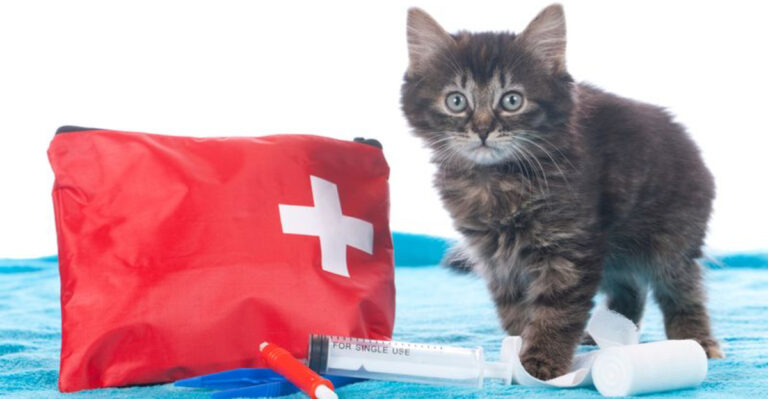14 Crucial Things To Remember When Facing A Wild Leopard

Ever wondered what to do if you stumble upon one of nature’s most perfect predators? Leopards are stealthy, powerful cats that command respect in their territory.
While encounters are rare, knowing how to react could mean the difference between a scary story to tell later and a dangerous situation.
1. Stay Absolutely Still

Your first instinct might be to run, but that’s exactly what triggers a leopard’s chase response. Freeze in place. Leopards often lose interest in prey that doesn’t move.
Your stillness communicates you’re not a threat or a meal worth pursuing.
2. Never Turn Your Back
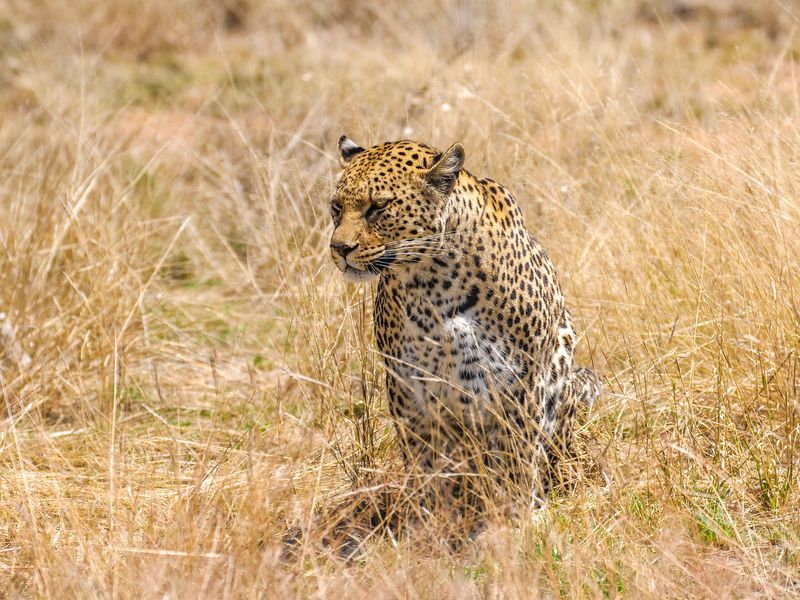
Showing your back signals vulnerability in the predator world. Maintain visual contact while slowly backing away if possible.
Leopards, like most ambush hunters, prefer unsuspecting targets, so keeping your eyes on them reduces their attack confidence.
3. Make Yourself Look Bigger

Size matters in the animal kingdom! Raise your arms above your head or open your jacket wide. This simple trick makes you appear more formidable and potentially too risky to attack.
Leopards typically avoid confrontations with larger animals unless desperate.
4. Avoid Direct Eye Contact
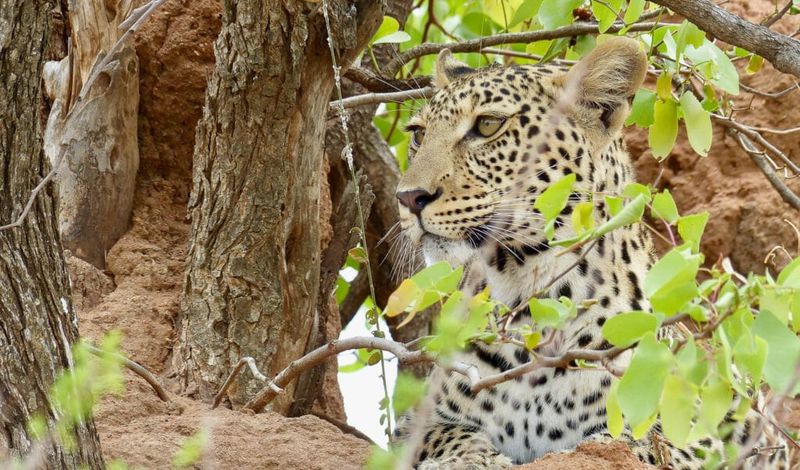
Curious contradiction: while keeping track of the leopard, avoid locking eyes directly. Direct staring reads as a challenge in big cat language.
Instead, watch their body using your peripheral vision – their tail, shoulders, and paws tell you more about their intentions than their eyes.
5. Speak Firmly But Don’t Yell
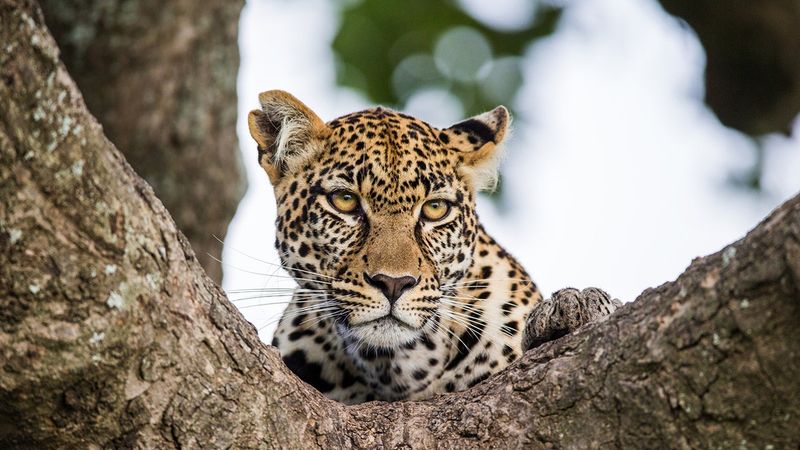
Your voice can be a powerful tool! Speak in a low, firm tone that projects confidence. Yelling might startle the leopard into attacking out of fear.
Constant talking signals you’re a human, not prey, while giving the leopard time to recognize you’re not worth the trouble.
6. Back Away Slowly

Quick movements trigger predatory instincts! Begin creating distance with slow, deliberate steps backward. Never rush or make sudden movements that could be misinterpreted as prey behavior.
Your goal is gradual retreat without triggering the leopard’s chase response.
7. Use Available Objects As Shields
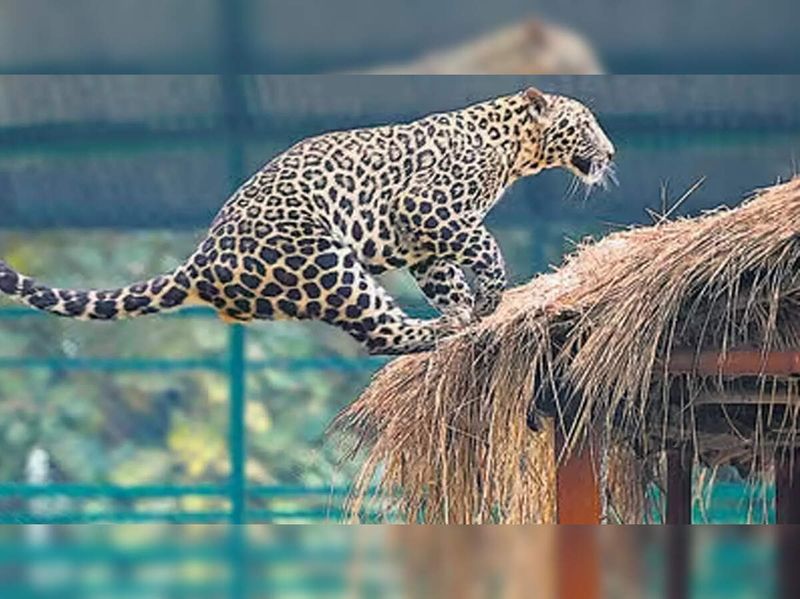
Resourcefulness saves lives! Position backpacks, walking sticks, or branches between yourself and the leopard. These makeshift barriers create confusion and provide precious seconds if the cat lunges.
Leopards prefer clear paths to their targets, so obstacles discourage attacks.
8. Fight Back If Attacked
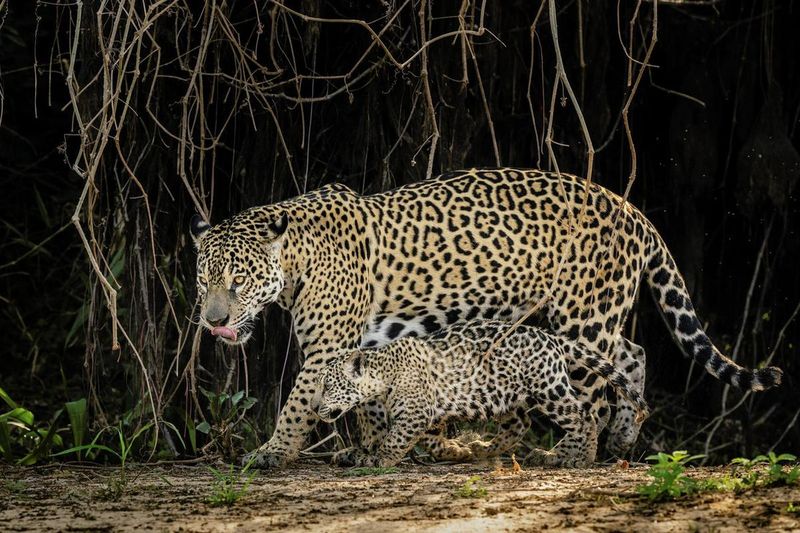
Last resort territory! If a leopard pounces, channel your survival instinct and fight with everything available. Target sensitive areas like eyes, nose, and throat with whatever you have – keys, sticks, rocks.
Many leopards abandon attacks that become too costly or risky.
9. Climb If Possible, But Choose Wisely

Surprising fact: while leopards excel at climbing, a tall enough tree might save you! They typically don’t pursue prey up trees unless hungry or threatened.
Aim for heights above 20 feet if possible, as leopards rarely climb to the uppermost branches.
10. Watch For Warning Signs
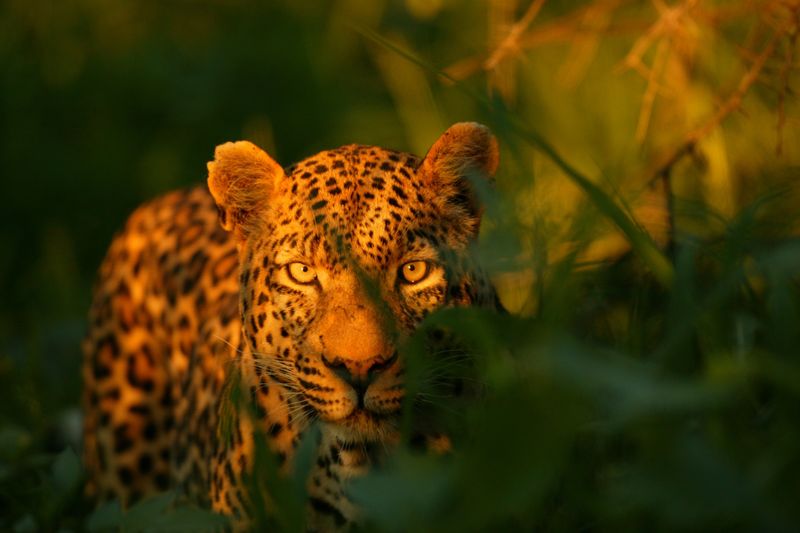
Leopards telegraph their intentions! Flattened ears, crouched position, and tail twitching signal aggression. Growling or hissing means you’re too close for comfort.
Recognizing these warnings gives you precious seconds to adjust your strategy before the situation escalates.
11. Protect Your Neck And Head

Leopards instinctively target vital areas! If physical contact becomes unavoidable, protect your throat and skull at all costs. Curl into a ball, using your arms to shield your neck and head.
Many survivors have escaped serious injury by protecting these vulnerable areas during attacks.
12. Travel In Groups When Possible
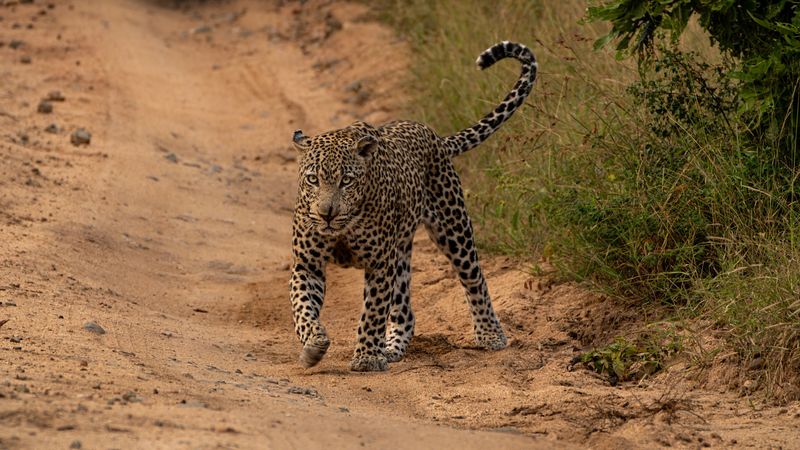
Safety in numbers isn’t just a saying! Leopards rarely attack groups, preferring solitary targets. If traveling in leopard country, bring companions and stay close together.
Groups appear more threatening and less worth the risk for these calculating predators.
13. Avoid Dawn And Dusk Activities
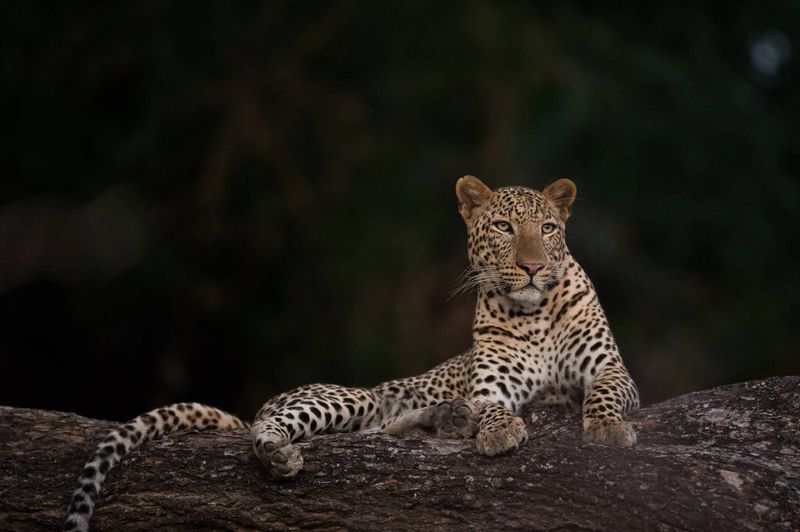
Timing matters tremendously! Leopards hunt most actively during twilight hours when their exceptional night vision gives them the advantage.
Schedule outdoor activities in leopard territories during midday when they typically rest. Your chances of an encounter drop dramatically during their natural downtime.
14. Carry Deterrents If Legal
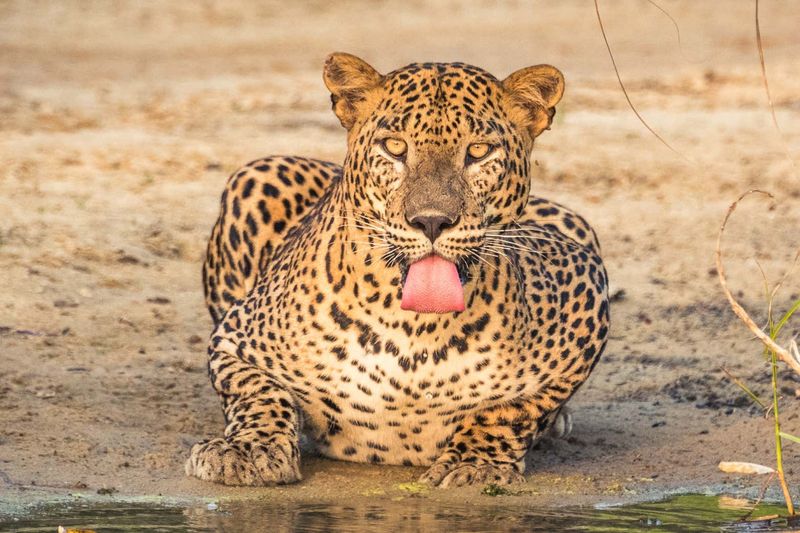
Preparation pays off! Where permitted, carry pepper spray, air horns, or specialized animal deterrents. These tools can create crucial distance between you and an approaching leopard.
Even umbrella opening suddenly can startle a leopard long enough for you to retreat safely.



